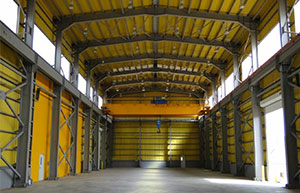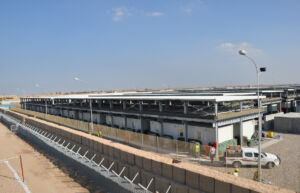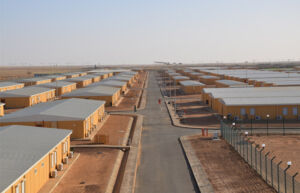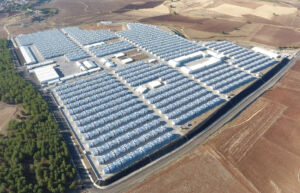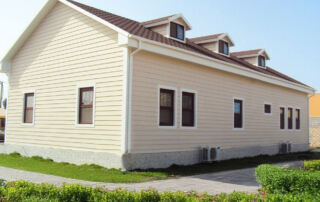Light Gauge Steel Frame Building
What Are Light Gauge Steel Frame Buildings?
Light gauge steel frame buildings are constructed using cold-formed steel members that are engineered for strength, durability, and precision. Unlike conventional steel or timber framing, light gauge steel offers the ideal balance between weight and structural performance. These components are typically manufactured in controlled factory environments, ensuring consistent quality and reduced on-site waste. Once fabricated, the modular components are transported to the construction site for rapid assembly, significantly cutting down overall project timelines.
Advantages of Light Gauge Steel Frame Construction
1. Speed and Efficiency
Faster Project Completion:
By manufacturing components off-site, construction activities such as site preparation and module production can occur simultaneously. This parallel processing reduces the overall project duration significantly—often by up to 50% compared to traditional building methods.
Reduced On-Site Labor:
With pre-engineered components that fit together seamlessly, the need for extensive on-site labor is minimized, leading to lower labor costs and fewer disruptions.
2. Sustainability and Environmental Benefits
Eco-Friendly Materials:
Steel is 100% recyclable, which makes light gauge steel a green building material. The controlled manufacturing process results in less waste and reduced environmental impact compared to conventional construction methods.
Energy Efficiency:
Light gauge steel frame systems contribute to better thermal performance when paired with high-quality insulation. This can lead to lower energy consumption in both construction and long-term building operation.
3. Superior Quality and Durability
Consistent Quality Control:
Fabrication in a factory setting allows for stringent quality checks and consistent production standards, resulting in components that meet or exceed industry standards.
Enhanced Durability:
Light gauge steel offers excellent resistance to corrosion, fire, and pests. Its inherent strength and flexibility also contribute to superior seismic performance, making it ideal for regions prone to earthquakes.
4. Cost-Effectiveness
Lower Construction Costs:
The efficiency of off-site production and the reduced need for on-site labor directly translate to lower overall construction costs.
Minimal Maintenance:
The durability and longevity of light gauge steel reduce long-term maintenance expenses, offering a cost-effective solution over the building’s lifespan.
Applications of Light Gauge Steel Frame Buildings
Light gauge steel frame systems are versatile and can be adapted to a wide range of construction projects. Some common applications include:
-
Residential Projects:
From single-family homes to multi-story apartment complexes, light gauge steel frame buildings provide a quick and efficient solution for modern housing needs. -
Commercial and Office Buildings:
Businesses benefit from the fast turnaround and high quality of light gauge steel construction, which allows for flexible design and future expansion. -
Educational Facilities:
Schools and universities can take advantage of reduced construction times and lower costs to build state-of-the-art educational environments. -
Healthcare Centers:
Hospitals and clinics benefit from the modular nature of light gauge steel buildings, which enables rapid deployment during emergency or pandemic situations. -
Industrial and Warehouse Facilities:
The robust yet lightweight nature of light gauge steel frames makes them ideal for industrial applications, where large open spaces and quick construction are paramount. -
Infrastructure Projects:
Applications extend to sports complexes, community centers, and even temporary structures for disaster relief—demonstrating the system’s adaptability and efficiency.
